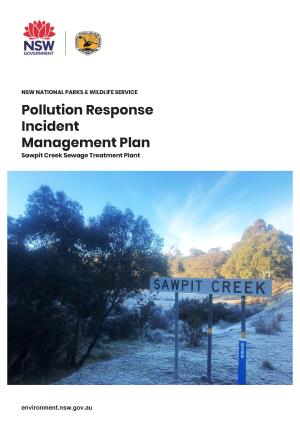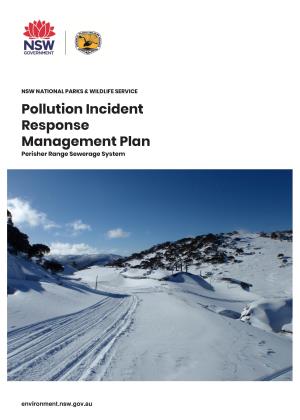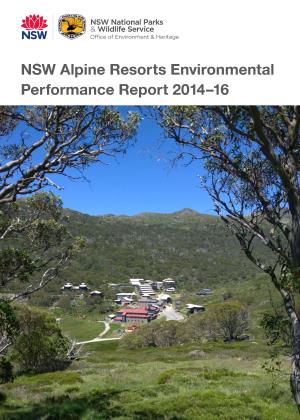Within the reticulation system (excluding the pumping station) sewage spills can be contained with the resultant risk to public health and/or the environment being assessed as low.
A spill that does occur would generally be restricted to land. However, a large spill could potentially enter Sawpit Creek which flows into Thredbo River before entering Lake Jindabyne. This may impact downstream users in the catchment (including those that source water supplies from Lake Jindabyne) if the strength and quantity of the sewage was significant.
Overflows that may occur from the Education Centre sewage pumping station or the Sawpit Creek STP would result from a major malfunction within the system or part of the system (e.g. switchboard fire, power outage combined with failure of generator, rising main failure etc.) which is a rare occurrence. The resultant level of risk to the environment of such an event is assessed as moderate taking into account the response time in controlling the spill and the nature of the receiving environment.
To reduce the likelihood of sewage spills, the department undertakes a number of pre-emptive actions including both operational and maintenance activities.
First published in November 2018; reprinted October 2021 and November 2022.











